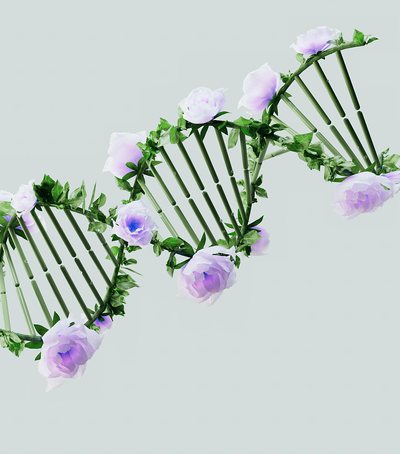
When sound becomes form
Water, this simple and vital element, seems to have a hidden sensitivity to the world around it. Numerous experiments have shown that ice crystals form differently depending on the sounds the water hears before freezing. Music, words, and even emotions seem to leave an imprint on its structure.
Mozart's symmetry and the chaos of noise
In Masaru Emoto's studies, water exposed to classical music – such as compositions by Mozart or Bach – creates beautiful, regular and symmetrical crystals, resembling snowflakes. Meanwhile, when exposed to loud noises or aggressive sounds, the crystals become disordered and fragmented. As if reflecting emotions themselves: harmony to harmony, chaos to chaos.
Energy that affects matter
This phenomenon suggests that sound vibrations and human emotions can affect the physical structure of water. And since our bodies are about 70% water, the idea makes profound sense: the way we speak, the music we listen to, and the energy we carry can all affect our internal balance.
When science meets the soul
Despite scientific debates about the methodology of the studies, the message of this phenomenon remains inspiring: matter responds to harmony. Water reminds us that every sound, every word, and every thought is a wave that touches – and shapes – the world around us.
After all, perhaps we too are like water crystals: we flourish in the presence of harmony and love, but we disintegrate in noise and tension.
Photo by Eva Bronzini: https://www.pexels.com/photo/close-up-shot-of-an-icicle-6396551/





